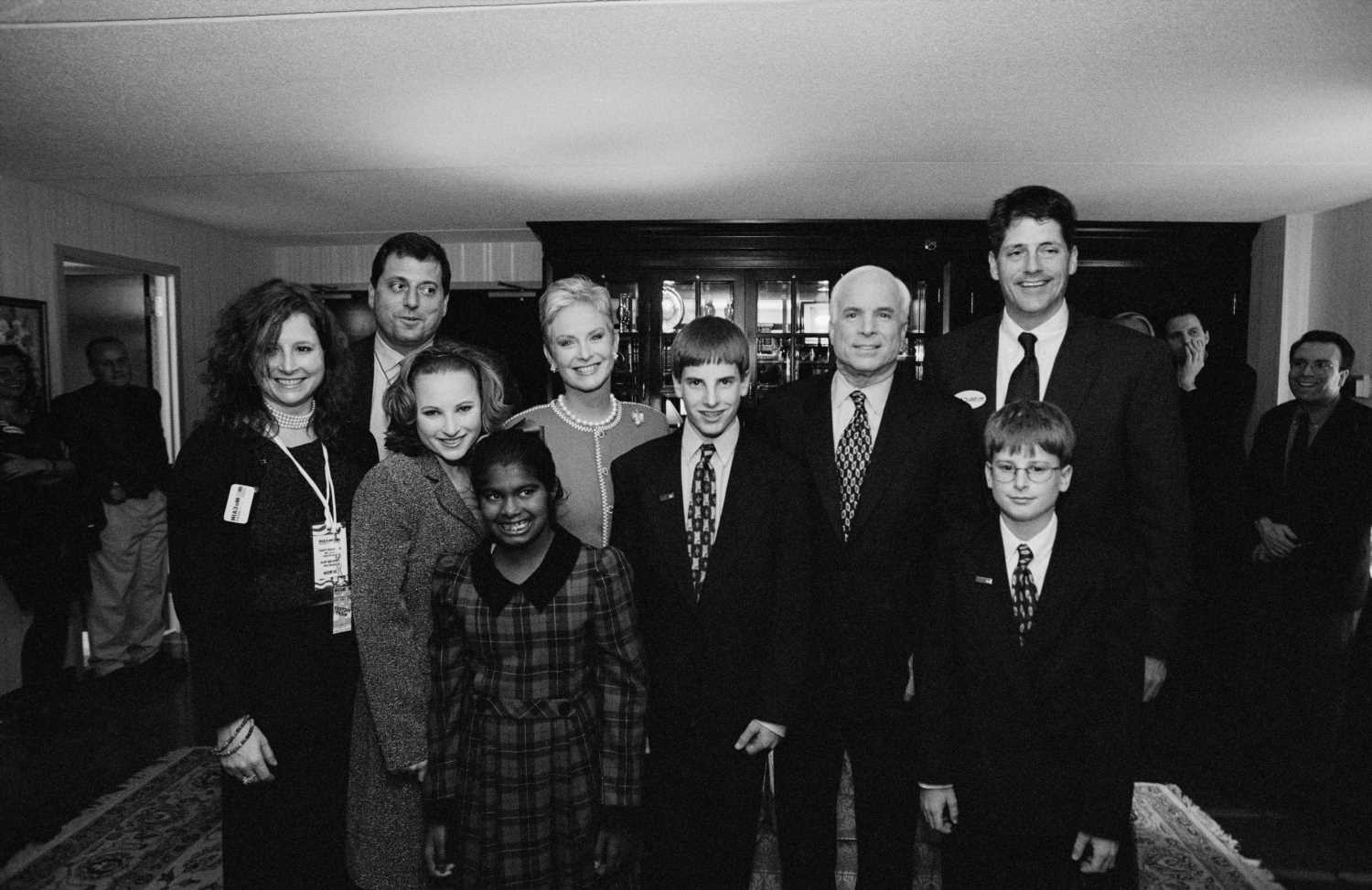As COVID-19 restrictions loosen across the United States, the hospitality industry — which was walloped by the pandemic — is experiencing a new challenge: too few workers available to address soaring demand for dining out.
A furious debate is underway over what’s behind the labor shortage, which is prompting restaurants to adapt by modernizing with kiosks and digital ordering. Many are biting the bullet and ponying up more in compensation just to attract employees.
“A lot of us are paying over time,” Laurie Thomas, executive director of the Golden State Restaurant Association, said in an interview with Yahoo Finance.
Thomas, who owns two restaurants in California's Bay Area, explains that her salaried managers and chefs are working six days a week, 12 hours a day.
“People are just exhausted,” she added.
While there are contributing factors to finding workers, new data shows the restaurant industry has lost 5.9 million jobs in dine-in services since COVID-19 began. In May, as the sector generated thousands of new jobs in the post-pandemic recovery, nearly two-thirds of those gains came in food service and drinking.
The labor gap has become an acute problem for small and medium-sized businesses, which have to adjust hours and services, or pass along higher costs to consumers, which is putting upward pressure on soaring inflation.
“If you don’t have folks in the kitchen to make the food, if you don’t have folks to be able to deliver and serve it, then you’re continuing to suffer financially,” Thomas added.
However, several restaurants are turning to technology to help address the employee shortage — continuing a trend that began pre-COVID in which fast food chains began relying on self-serve kiosks and other automated tools to help streamline efficiencies.
“The kiosks [are a] tremendous help,” Israel Castro, co-founder of Taco & Co. restaurant, told Yahoo Finance in an interview.
Last year, Castro’s Berkeley, California-based eatery invested in technologies to increase operations and facilitate online ordering and delivery. They tapped a third party vendor, Snackpass, a social food ordering platform.
How did the restaurant benefit? “The convenience,” Castro responded. “It’s not dealing with someone ordering, arriving at our restaurant and [then] ordering outside.”
'That'll help if you're a McDonald's'
Thanks to the pandemic — which also underscored how germs accumulate on surfaces — the entire fast-food industry has shifted rapidly to digital ordering. For some restaurants, digital solutions like QR codes give customers a “safer” way to order their food, and are likely to continue after the pandemic.
Many use them in conjunction with kiosks, letting customers check in, view the menu and place orders. Most notably, tech upgrades are helping some businesses stay afloat while they manage through the labor crisis.
The move toward self-service is also giving restaurants a boost in foot traffic as they reopen their doors. Castro has noticed that his customers are more inclined to order off the kiosk than wait in line.
“Our kiosk numbers have actually gone up because most people see the kiosk and there's visuals so they can nonchalantly scroll and see what they have and from there they order,” he told Yahoo Finance.
According to Yelp, more restaurants shifted to kiosk digital ordering set-ups in 2021 which help them automate check-in, manage wait lists and contact diners when their table is ready.
However, given both the current economic climate and the difficulties in finding labor, restaurateur Thomas has no plans to make the shift to kiosks.
“That'll help if you're a concept like McDonald's,” Thomas added. “It's not going to help if you're at a restaurant like mine, where people come in and sit down and servers talk to them.”
As more restaurateurs welcome customers back, self-service technologies could become the next industry advancement to bail out these struggling businesses.
But for some, they’ll be focused on making their business “part entertainment, part eating experience,” Thomas added.
Dani Romero is a reporter for Yahoo Finance. Follow her on Twitter: @daniromerotv
More from Dani:
Deloitte: CFOs optimistic, but hiring shortages, inflation, return to work fan economy concerns
Data: LGBTQ buyers opt for cheaper homes that need ‘TLC’ over pricier digs
No solution in sight as renters, landlords face ‘eviction cliff’ on June 30
SBA's shuttered venue cash off to slow start as 'nervous, worried' businesses await backstop
Read the latest financial and business news from Yahoo Finance
Follow Yahoo Finance on Twitter, Facebook, Instagram, Flipboard, LinkedIn, YouTube, and reddit
Source: Read Full Article


